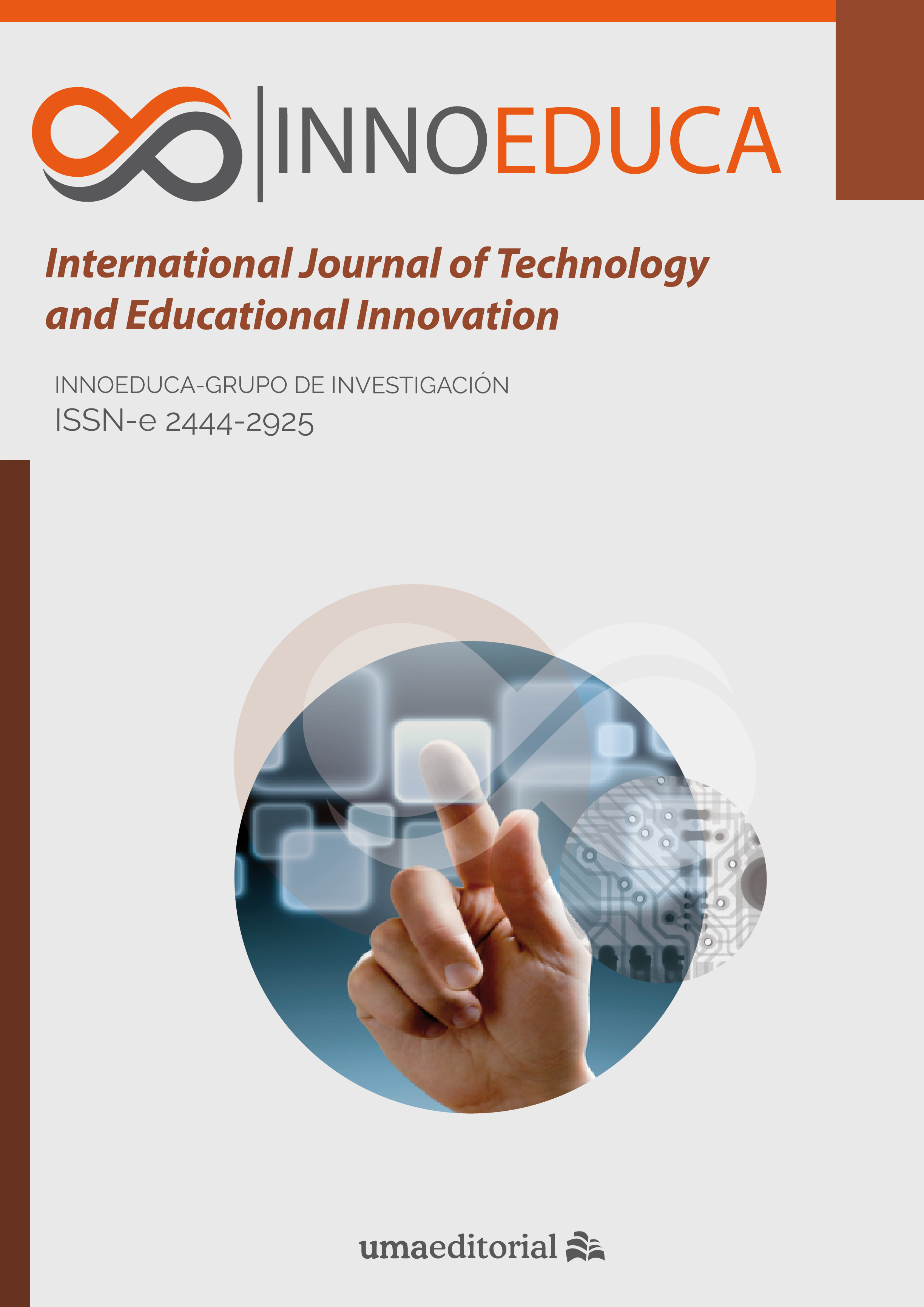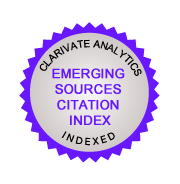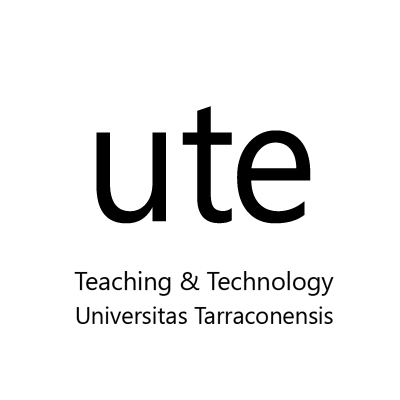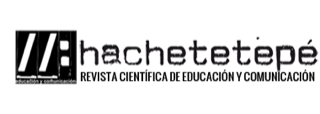Holography as an educational resource for the teaching geometry content in primary school
DOI:
https://doi.org/10.24310/innoeduca.2021.v7i2.12243Keywords:
primary education, geometry, photography, student projects, STEM educationAbstract
In this article we propose to analyse the uses and benefits of working with holograms as educational resource, as evidenced by the studies of Ghuloum, Escriva, and Orcos. These didactic proposals reinforce the idea that the use of the three-dimensional rendering technique can benefit students in the acquisition of the geometric content present in the official curriculum. The scope of the geometry offers a wide range of contents that make it possible to work using graphical rendering techniques. It should be noted, on the other hand, that now elementary school students are socialized in the access and use of images of all kinds, without a doubt their visual thinking is more evolved than that of previous generations, as shown by authors such as Brea, Steiner, Gruzinsky or Mitchell. With the management of both teachers and students, 3D design programs and the use of Pepper's Ghost holographic technique, realistic images of volume figures are obtained and that elementary school students are particularly interested in it. Based on an observational methodology, we have been able to compare with some students who, when working with these resources, greatly improve their mastery of geometric shapes and the concepts that accompany them.
Downloads
Metrics
References
Agra, G., Soares, N., Simplicio, P., Lopes, M.M., Melo, M.D., & Lima, M.M. (2019). Analysis of the concept of Meaningful Learning in light of the Ausubel's Theory. Revista brasileira de enfermagem, 72(1), 248-255. https://doi.org/10.1590/0034-7167-2017-0691
Brea, J. L (2008). La era de la imagen electrónica. Contrastes. Revista Internacional De Filosofía, (XIII), 15-28. https://doi.org/10.24310/Contrastescontrastes.v0i0.1268.
Cano, E. (2015). Las rúbricas como instrumento de evaluación de competencias en educación superior: ¿Uso o abuso? Profesorado. Revista de currículum y Formación de profesorado, 19(2), 265-280. https://www.redalyc.org/articulo .oa?id=56741181017
Decreto 108/2014, de 4 de julio, del Consell, por el que establece el currículo y desarrolla la ordenación general de la educación primaria en la Comunitat Valenciana. Diari oficial de la Comunitat Valenciana, 7311, de 7 de julio de 2014, pp. 16325-16694. http://www.dogv.gva.es/datos/2014/07/07/pdf/2014_6347.pdf
Escrivà, M., Jaime, A., & Gutiérrez, Ál. (2018). Uso de software 3D para el desarrollo de habilidades de visualización en Educación Primaria. Edma 0-6: Educación Matemática en la Infancia, 7(1), 42-62.
Fernández-Morante, C., Cebreiro, B., & Casal, L. (2020). Capacitar y motivar a las niñas para su participación futura en el sector TIC. Propuesta de cinco países. noeduca. Innoeduca. International Journal of Technology and Educational Innovation, 6(2), 115-127. https://doi.org/10.24310/innoeduca.2020.v6i2.6256
Ghuloum, H. (2010). 3D Hologram Technology in Learning Environment. Informing Sciencie & IT Education Conference, 10, 693-704.
González, A., & Cerezo, I. (2020). Implicaciones pedagógicas de la realidad aumentada para la mejora de la enseñanza de las ciencias en primaria. Revista Interuniversitaria de Investigación en Tecnología Educativa, (9), 1-16. https://doi.org/10.6018/riite.444961
González-Regaña, A.J., Martín-Molina, V., Toscano, R., Fernández-León, A., & Gavilán-Izquierdo, J.M. (2021). El discurso de estudiantes para maestro cuando describen y definen cuerpos geométricos. Enseñanza de las ciencias, 39(1), 81-97. https://doi.org/10.5565/rev/ensciencias.3039
Jiménez, A.N., & Diez-Martínez, E. (2018). Análisis del contenido de apps y videojuegos: implicaciones en procesos cognitivos en la lectura inicial. Apertura, 10(1), 71-87. https://doi.org/10.32870/ap.v10n1.1114
Kempt, M. (2000). La ciencia del arte. La óptica en el arte occidental de Brunelleschi a Seurat. Akal.
Katsioloudis, P.J., & Jones, M. V. (2018). A Comparative Analysis of Holographic, 3D-Printed, and Computer-Generated Models: Implications for Engineering Technology Students’ Spatial Visualization Ability. Journal of Technology Education, 29(2), 36-53. http://doi.org/10.21061/jte.v29i2.a.3
Ley Orgánica 3/2020, de 29 de diciembre, por la que se modifica la Ley Orgánica 2/2006, de 3 de mayo, de Educación (2020). Boletín Oficial del Estado, 340, de 30 de diciembre de 2020, pp. 122868-122953. https://www.boe.es/eli/es/lo/2020/12/29/3
Moncada, J., & Torres, H. (2016). La coherencia constructivista como estrategia didáctica para el aprendizaje. Revista Educación y Desarrollo Social, 10(2), 50-85. http://dx.doi.org/10.18359/reds.1775
Navarro, M., Edel, R., & García, R. I. (2018). Rúbrica para evaluar ambientes virtuales de aprendizaje. 3C TIC. Cuadernos de desarrollo aplicados a las TIC, 7(3), 80-96. http://dx.doi.org/10.17993/3ctic.2018.61.80-96/
Orcos, L. (2017). Herramientas holográficas para la enseñanza de la división celular. [Tesis de pregrado]. Universidad de la Rioja, Logroño, España. https://vixra.org/pdf/1704.0065v1.pdf
Orcos, L., Jordán Lluch, C., & Magreñán Ruiz, Á. A. (2018). Uso del holograma como herramienta para trabajar contenidos de geometría en Educación Secundaria. Pensamiento matemático, 8(2), 91-100.
Prensky, M., & González, V. (2018). Entrevista a Marc Prensky. Revista Interuniversitaria De Investigación En Tecnología Educativa, (5), 12-21. https://doi.org/10.6018/riite/2018/354791
Ribeiro, A., Godoy, G.C., Belini, L., & Souza-Filho, M. (2018). Holografía y realidad virtual en la enseñanza de nanotecnología: nuevos horizontes dirigidos a educación secundaria. Revista de Física, (56), 34-45.
San Martín, A., & Peirats, J. (2018). Controversias en la transición del libro de texto en papel y electrónico a los contenidos digitales. Revista de Educación a Distancia, 18(56). https://revistas.um.es/red/article/view/321501
Sánchez, T., Serrano, J.L., & Rojo, F. (2020). Influencia de la robótica educativa en la motivación y el trabajo cooperativo en Educación Primaria: un estudio de caso. Innoeduca. International Journal of Technology and Educational Innovation, 6(2), 141-152. https://doi.org/10.24310/innoeduca.2020.v6i2.6779
Sancho, J. (2017). Discursos y prácticas en torno a las competencias en educación. FONSECA: Journal of communcation, (15), 127-144. https://doi.org/10.14201/fjc201715127144
Serra, R., Vega, G., Ferrat, A, Lunazzi. J., & Magalhàes, D. (2009). El holograma y su utilización como medio de enseñanza de la física en ingeniería. Revista Brasileira de Ensino de Física, 31(1), https://doi.org/10.1590/S1806-11172009000100007.
Trelles, C.A., Bravo, F.E., & Barrazueta, J.F. (2017). ¿Cómo Evaluar los Aprendizajes en Matemáticas? INNOVA Research Journal, 2(6), 35-51. https://doi.org/10.33890/innova.v2.n6.2017.183
Tonucci, F. (2005). La ciudad de los niños. Un modo nuevo de pensar la ciudad. Fundación Germán Sánchez Ruipérez.
Torres, A. (2020, 29 de mayo). Educación crea por primera vez un comité de matemáticas para rediseñar la asignatura. El País. https://elpais.com/sociedad/2020-05-29/educacion-crea-por-primera-vez-un-comite-de-matematicos-para-redisenar-la-asignatura.html
Torres, J. (2015). Organización de los contenidos curriculares y relevancia cultural. En J. Gimeno Sacristán (Ed.), Los contenidos, una reflexión necesaria (pp. 91-102). Ediciones Morata.
Downloads
Published
How to Cite
Issue
Section
License
All contents published by Innoeduca. International Journal of Technology and Educational Innovation are subject to Creative Commons Attribution-Nocomercial-NoDerivatives 4.0 International License, whose complete text can be consulted at https://creativecommons.org/licenses/by-nc-nd/4.0/legalcode. Thus, copying, distribution, public communication, derivative works and commercial use of content are permitted as of the aforementioned issue provided that the source and the author of the text are cited.
It is the responsibility of the authors to obtain the necessary permits for images that are subject to copyright.

This work is licensed under a Creative Commons Attribution-NonCommercial-NoDerivatives 4.0 International License.









1.jpg)


242.png)












